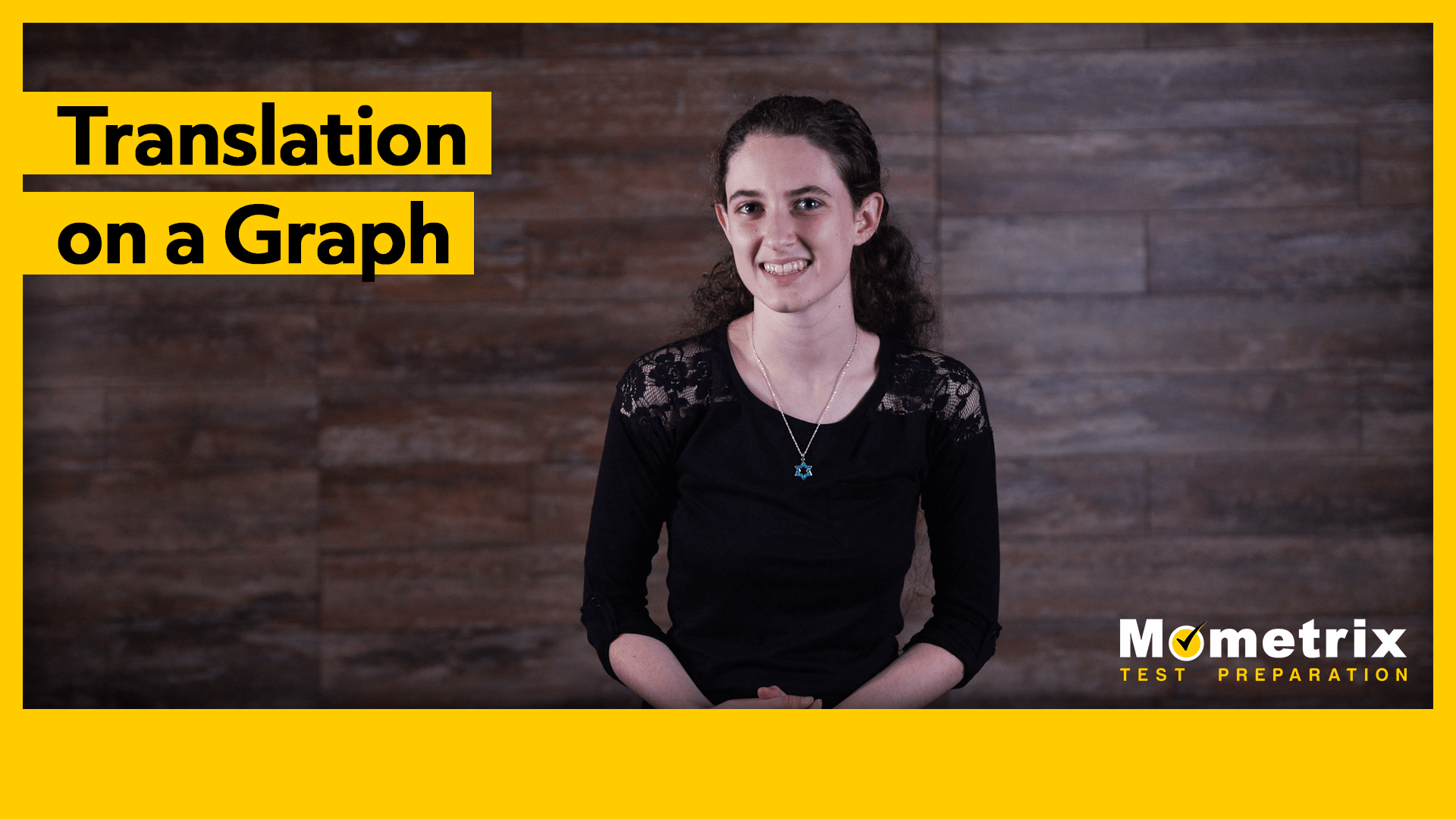
Hi, and welcome to this video on translation! Today, we’ll be looking at how this geometric transformation works and how we can successfully translate objects ourselves.
What is Translation
Translation is the sliding of an object such that its position changes but its size and shape are unchanged. It’s basically just moving a polygon around on a plane.
Translation Example
Let’s try translating a simple polygon, a quadrilateral, on the coordinate plane. Here’s our quadrilateral, which is a four-sided polygon.
We’re going to translate this polygon four units to the right and five units up. We’ll start by identifying the four vertices, or corners, of our polygon and labeling them A, B, C and D.
Once we have our points identified, we’re going to create a “prime” version of each one by adding 4 to our \(x\)-values and adding 5 to our \(y\)-values. In this case, we’re adding because we’re moving to the right and up, which is the positive direction for \(x\)– and \(y\)-values. If we were moving down or to the left we would need to subtract the amount of our translation from \(x\) or \(y\), respectively.
Okay, back to our points. Let’s start with point A, which is at \((-2,2)\). We take the \(x\)-value of point A and add 4 to it, giving us an \(x\)-value of positive 2 for A’. We take the y value of point A and add 5 to end up with 7. So, A’ is the point \((2,7)\). If we do the same thing to point B, we get \((6,10)\) for B’. Doing the same thing to C creates a C’ of \((10,7)\). Finally, we repeat the process one more time for point D and we end up with a D’ of \((6,4)\).
Now we can literally connect the dots to create our new, translated polygon.
Notice that our new polygon is the exact same size and shape as the old one. It’s just moved over four units and up five units. That’s all there is to it!
Practice Problems
Here are a few questions to test your knowledge before we go:
1. When translating a triangle left 3 units and up 2 units, where would point A’ be located if
point A is at (3,5)?
- \((0,7)\)
- \((5,0)\)
- \((-5,2)\)
- \((0,-4)\)
2. True or false: When translating a polygon, the “prime” points are all on the new, translated polygon.
3. True or false: When translating a polygon, the new, translated polygon will always be the same size and shape as the original.
That’s all for this review! Thanks for watching, and happy studying!
Geometric Transformation Practice Questions
Triangle ABC, where A \((-2,-5)\), B \((-5,7)\), and C \((1,-3)\), is translated 3 units right and 4 units down to create triangle A’B’C’. What are the coordinates of triangle A’B’C?
The rule for translation is to add if the translation is up or to the right and subtract if the translation is down or to the left. In this case, the triangle is being translated 3 units right and 4 units down, which means we will be adding 3 to all the x-values and subtracting 4 from all the y-values to get A’ \((1,-9)\), B’ \((-2,3)\), C’ \((4,-7)\).
Quadrilateral HIJK is translated to create quadrilateral H’I’J’K’. Which statement is true about quadrilaterals HIJK and H’I’J’K’?
The definition of translation indicates that this form of transformation will always maintain the size and shape of the original shape, which in this case is HIJK.
Triangle XYZ where X \((-4,4)\), Y \((6,8)\), and Z \((3,0)\), is translated 1 unit left and 3 units down to create triangle X’Y’Z’. What are the coordinates of point Z’?
Since the triangle is being translated 1 unit left and 3 units down, we will subtract 1 from the x-value and subtract 3 from the y-value of the coordinates of point Z to find the coordinates of Z’.
Polygon STUV is translated 5 units right and 7 units up to create polygon S’T’U’V’. If the coordinates of T’ are \((-3,6)\), what are the coordinates of point T?
When a polygon is translated 5 units right and 7 units up, we take the x-value of the coordinate and add 5 and take the y-value of the coordinate and add 7. In this case, we know the coordinates of point T’ and need to find the coordinates of point T. Based on the translation rule we can set up a simple equation and solve for x and y.
\(x+5=-3\) and \(y+7=6\)
\(x=-8\) and \(y=-1\)
Therefore, point T has the coordinates \((-8,-1)\).
Pentagon DEFGH is translated 6 units left and 8 units up to create pentagon D’E’F’G’H’. If the coordinates of point F are \((-3,-9)\), what are the coordinates of F’?
The figure is translated 6 units left and 8 units up, which means we will subtract 6 from the x-value and add 8 to the y-value of the coordinates of point F.
\((-3-6,-9+8)\) → \((-9,-1)\)
